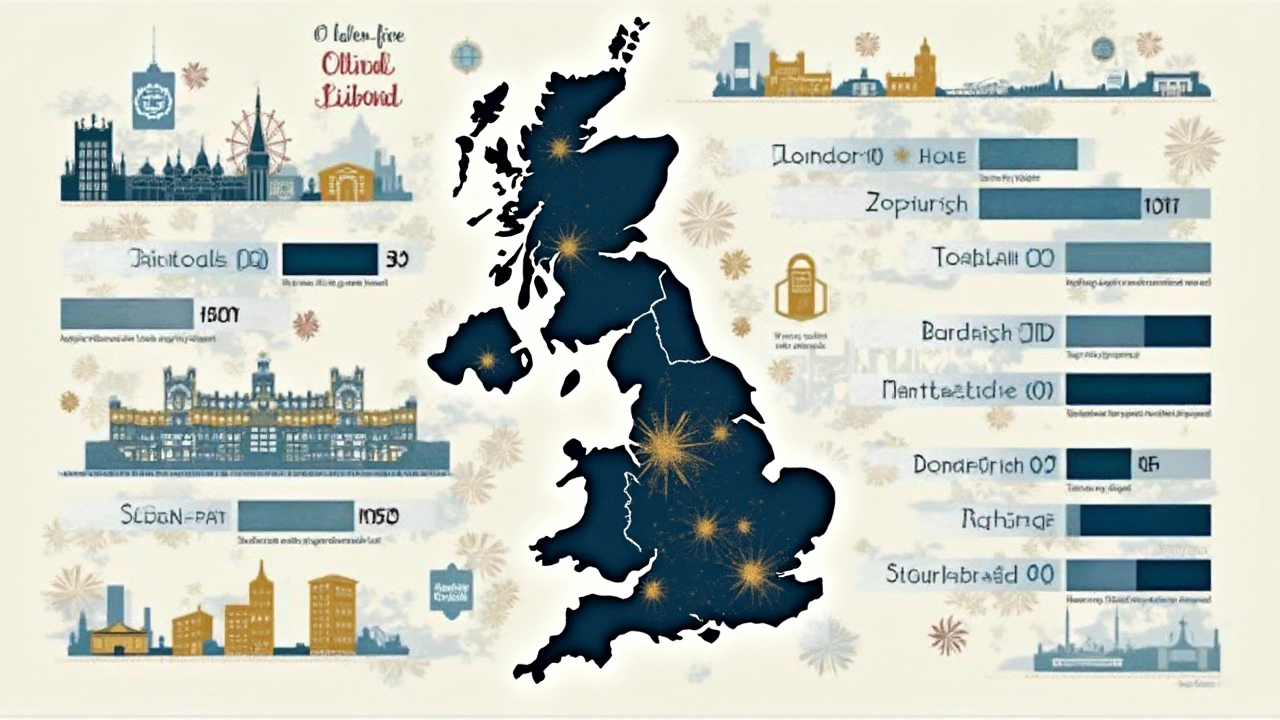Upper Class Income: What It Means and How to Grow It
When you hear "upper class income" you probably picture big houses, fancy cars, and a cushion that lasts forever. But the reality is less about flash and more about solid numbers, smart choices, and protecting what you earn. In this guide we break down the definition, show realistic ways to boost your earnings, and share simple steps to keep your wealth safe.
How Upper Class Income Is Defined
In the UK, analysts often use a household income of around £100,000 a year as a rough line for the upper class. That figure can vary by region, cost of living, and family size, but it gives a clear benchmark. It’s not just the paycheck – bonuses, investment returns, and rental income all count. If your total cash flow regularly clears the six‑figure mark, you’re sitting in the upper‑class range.
Most people who reach this level have multiple income streams. A senior role at a bank might bring a £120k salary, while a side business, dividend portfolio, or property rentals add another £30k‑£50k. The key is diversification: the more sources you have, the steadier your cash flow, especially when one slice slows down.
Ways to Grow and Protect Your Wealth
Boosting your earnings starts with leveraging what you already have. If you own a home, consider a remortgage to free up cash for higher‑yield investments, but only if the new rate is lower than your current loan. For those with savings, moving money into higher‑interest accounts or low‑risk bonds can lift the return without exposing you to volatile crypto risks.
Protecting wealth is just as important. A solid emergency fund—ideally three to six months of living costs—keeps you from selling investments at a bad time. Insurance, whether it’s life, health, or homeowners, fills the gaps that could otherwise erode your money. And don’t forget the tax angle: using ISAs, pensions, or limited companies can shield earnings from unnecessary tax bites.
Finally, keep learning. The finance world shifts fast—what worked for a mortgage in 2022 might not be the best move in 2025. Follow reliable sources, ask your bank or a trusted advisor about new products, and stay aware of how credit scores affect borrowing power. A good credit rating can lower loan rates, giving you more room to invest elsewhere.
Reaching and staying in the upper‑class income bracket isn’t magic. It’s about clear goals, diversified income, and disciplined protection. Start with a realistic picture of your cash flow, add smart growth tactics, and lock in safeguards. Before long, you’ll find that the “upper class” label is less about flash and more about financial confidence.

Ever wondered what actually counts as an upper class income these days? This article breaks down the numbers in simple terms, comparing different cities and explaining why that line is different everywhere. You’ll get hard facts, real-life examples, and tips on why the upper class label isn’t just about your paycheck. Plus, we cover how knowing this number can help you set smarter financial goals.
Read More